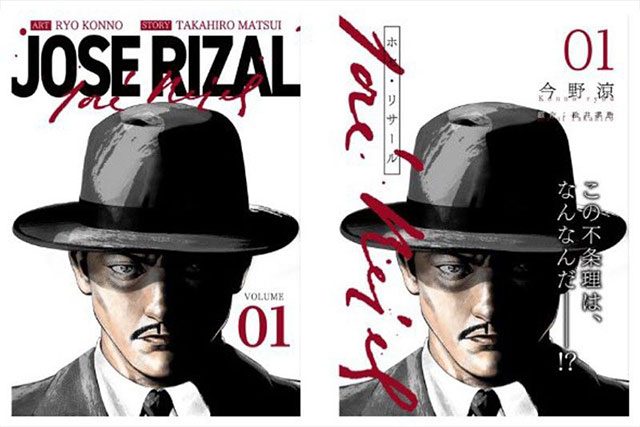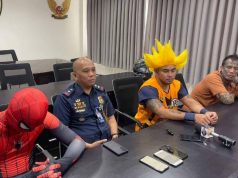That video games, anime and manga figure as Japan’s greatest cultural exports to the Phiippines is an argument that warrants to be made. “Dragon ball,” “Ghost Fighter, “Naruto”—works hailed as the top of the line of Japanese animation have made their way into the Filipino’s daily lexicon.
But news from the Land of the Rising Sun about a new manga series on the life of Filipino hero Jose Rizal shows how Japanese creators have always loved to give a glimpse into life in the Philippines.
Rizal in ink
Japanese publishing company TORICO has announced that it will be publishing a free-to-read 10-volume manga series on Rizal starting on June 19, the national hero’s birthday.
Takuro Ando, a representative of the company, said that seeing a statue of the Filipino hero at Hibiya Park, Tokyo served as the inspiration for the concept. The encounter piqued his curiosity and spurred him to do some reading on Rizal.

TORICO has tapped Takahiro Matsui for the story and Ryo Konno for the art. Davao-based firm Creative Connections and Commons assisted in translating the series.
Konno, through his Twitter account, has been sharing bits from his opus.
カラーやっぱ経験不足で苦手です。
とにかく違和感ない所まで持っていくのに精一杯で良い絵なんか目指せるレベルじゃない。
今回はこの辺で大目に見てやることにした。 pic.twitter.com/dDkD9wTnPq— 今野涼 (@konno_ryo) May 29, 2018
Initial reactions from Rizal’s countrymen appear to be quite positive and hopeful.
If these Japanese have the guts to introduce Jose Rizal to their countrymen by creating a MANGA, then we as Filipinos should be as interested as them too.
We should try our best to learn more about our culture, our heroes, and how we can continue their fight in the modern era. https://t.co/W2qnVNBFhT
— Altamira (@AltmrRys) June 16, 2018
Japan’s geek industry has made shoutouts to Filipino culture in the past, but not all had the same warm reception.
In 2015, gaming giant Namco Bandai drew flak for introducing new character Josie Rizal in its popular arcade fighting series Tekken.
The eskrima-trained Josie Rizal, designed to be vastly different in just about every way from her historical namesake, for some Filipino academics was the product of “tokenism” rather than genuine homage.
The 2011 hit anime Fate Zero featured Alimango (crab) Island as the place where its main character Kiritsugu Emiya spent his childhood.
While not explicitly stated in the series, the island’s tropical backdrop and background characters with Filipino features all but confirm its location.

In one episode of the anime adaptation of Marvel Comics’ Blade, the eponymous hero and his team make their way to the Philippines to face off with the manananggal of local folklore.
Long-running boxing manga series Hajime no Ippo for one has at least attempted to represent Filipinos as excelling in the same things they have excelled at in real life.

Featherweight boxer Randy Boy Junior from the Philippines is featured as a rival to main character Makuonochi Ippo in the manga. According to a fan website, the character was inspired by real-life Filipino boxing hero Nonito Donaire Jr.

“A city in the Philippines” makes an appearance on the 13th episode of 2015 anime Charlotte. Users on a RedditPH thread on references to Filipino culture in anime have noticed the animators’ eerily accurate recreation of urban life in the Philippines.









